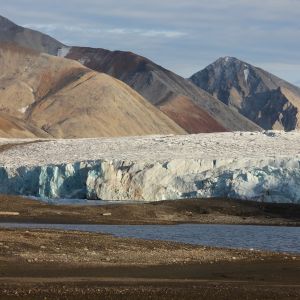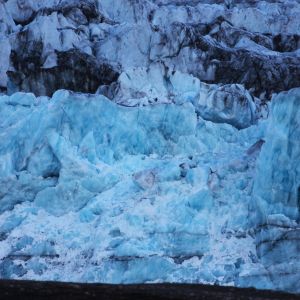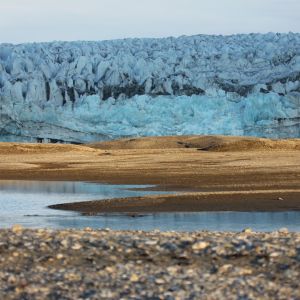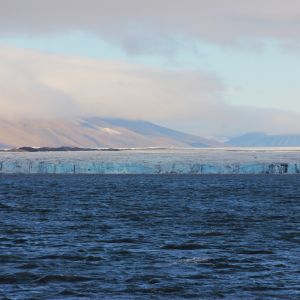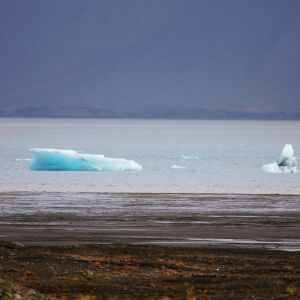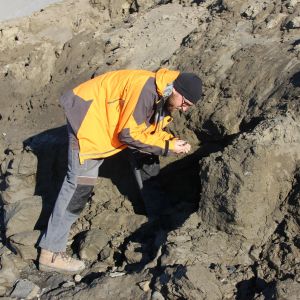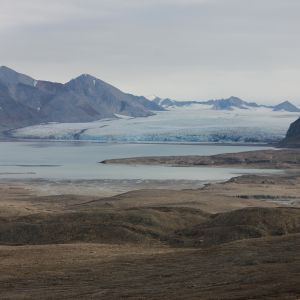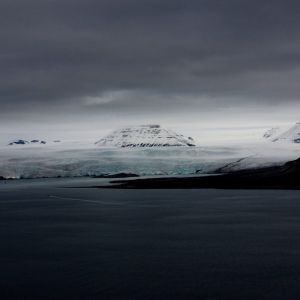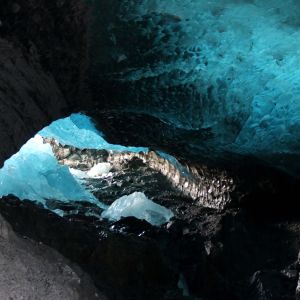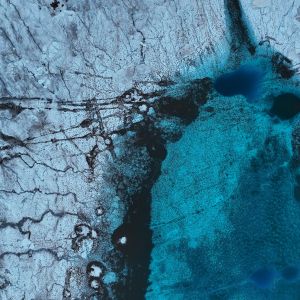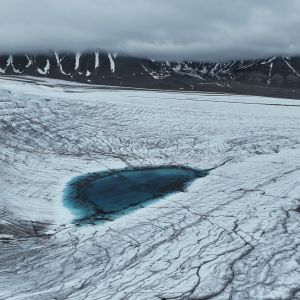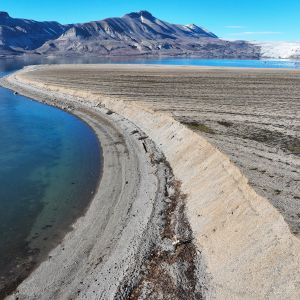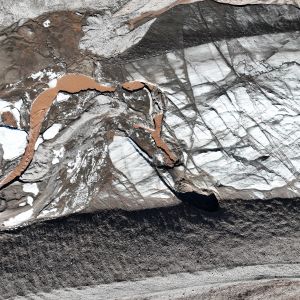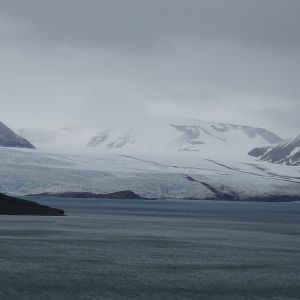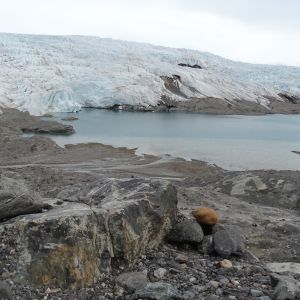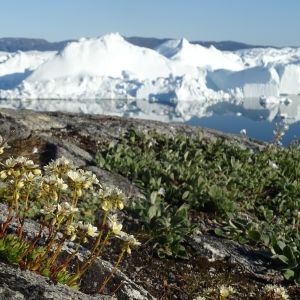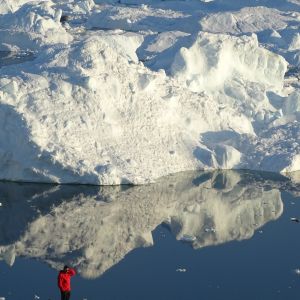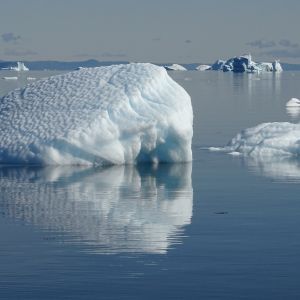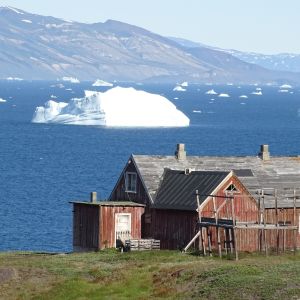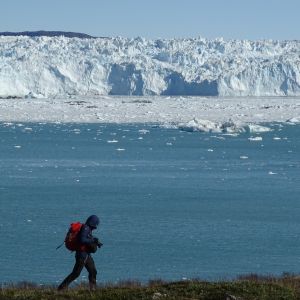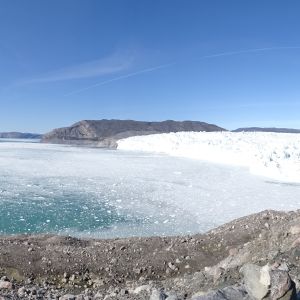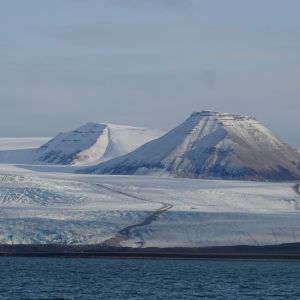The retreat of glaciers and the formation of new coastlines: a team led by a glaciologist from USB has published a groundbreaking study in Nature Climate Change
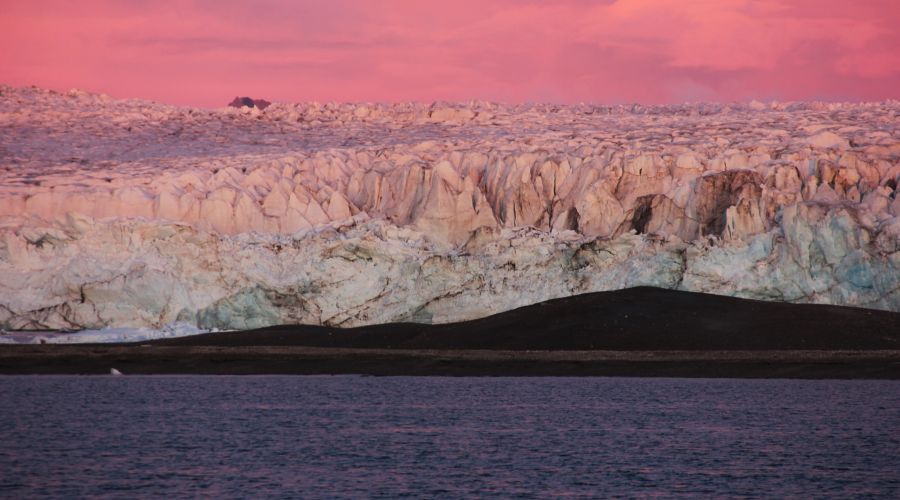
Retreating glaciers are uncovering new coastlines, significantly altering landscapes, ecosystems, and economies. A team of scientists led by glaciologist Jan Kavan (Centre for Polar Ecology, Faculty of Science, University of South Bohemia, and Masaryk University) collaborated with experts from Poland, the USA, and Canada to publish a detailed analysis of this phenomenon in the prestigious journal Nature Climate Change. The researchers studied newly formed coastlines resulting from the retreat of calving glaciers in the 21st century across the Northern Hemisphere. They created a database of more than 1,500 glaciers and their evolution since 2000, finding that between 2000 and 2020, 2,500 km of new coastline emerged, with approximately two-thirds located in Greenland.
These newly formed coastlines are often composed of loose sediments, making them some of the most dynamic in the world. They change rapidly due to geomorphological processes such as wave and current-driven erosion, slope processes, river erosion, or thermoabrasion. Glacier retreat from sea to land also alters water circulation in fjords, disrupting upwelling currents that supply nutrients critical for high primary productivity and biodiversity. Marine-terminating glaciers are often considered biodiversity hotspots, meaning their retreat can have serious negative impacts on local ecosystems.
The rapid retreat of glaciers and the exposure of previously ice-covered regions also have economic implications. These areas reveal new deposits of precious metals and resources, such as sand, which is notably abundant in Greenland. Glacier retreat also weakens exposed slopes, making these coasts prone to catastrophic landslides and subsequent tsunami waves, as seen recently in Alaska and Greenland. Such natural disasters pose threats to local populations.
The study was conducted in collaboration with scientists from the University of Wroclaw (Poland), McGill University (Canada), the University of New England (USA), and the University of Alaska Fairbanks (USA).
“The published study should serve as a foundation for further research aimed at understanding the processes occurring on newly deglaciated coastlines, including predicting future developments in these ecologically significant areas. We are now seeking funding for this, and we hope that this prestigious article will help us. The first small step is field research at a site affected by a massive landslide and subsequent tsunami in 2023 on Greenland's eastern coast,” explains the lead researcher, Jan Kavan. He plans to work at the site with colleagues from Poland in August 2025 as part of the project "GLAVE – Paraglacial coasts transformed by tsunami waves – past, present and warmer future."
The article is freely accessible via Open Access:
https://www.nature.com/articles/s41558-025-02282-5
The report by Czech Television featuring the lead researcher, Jan Kavan, can be watched HERE.
